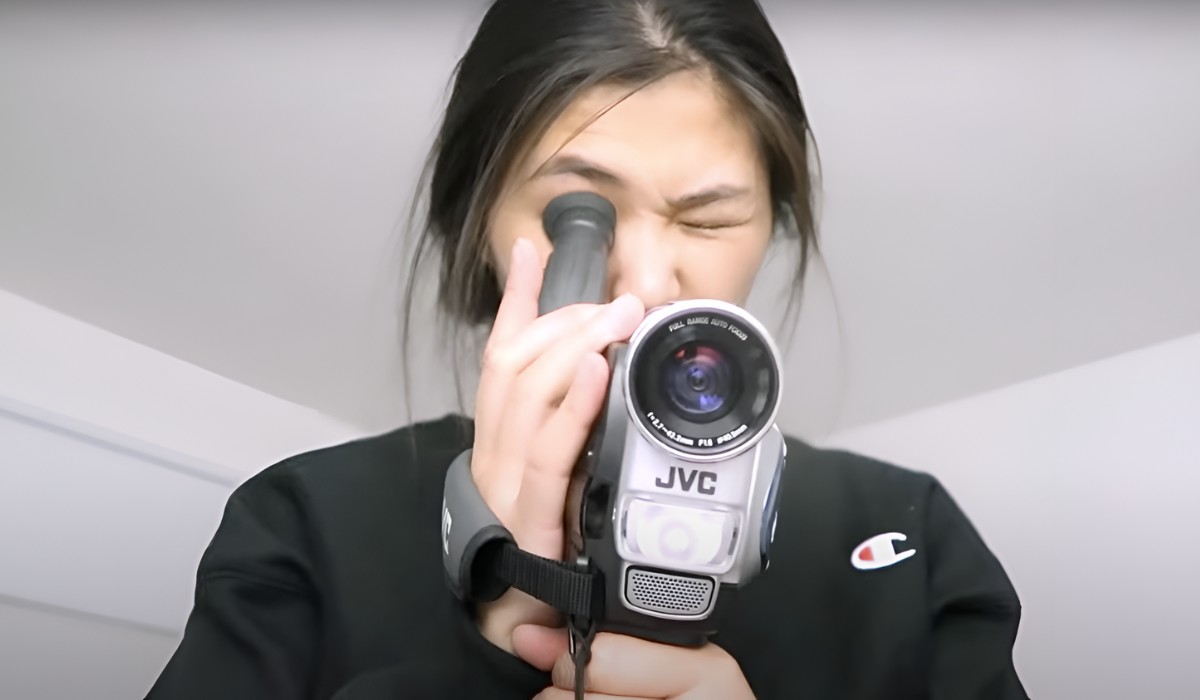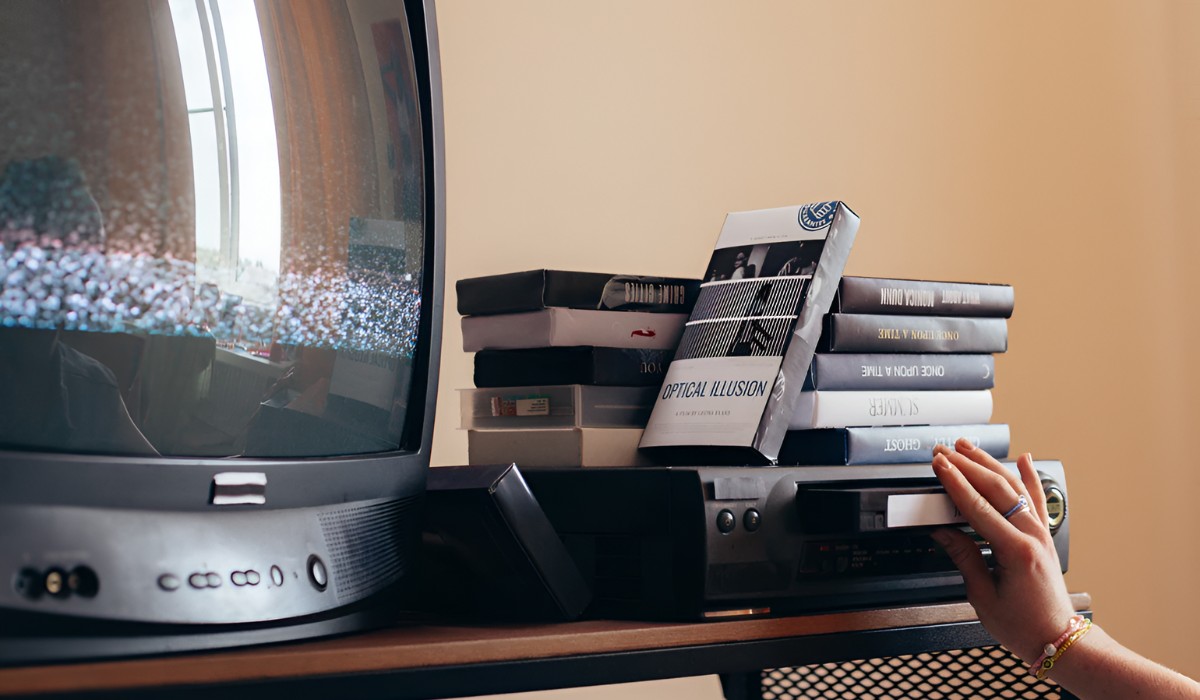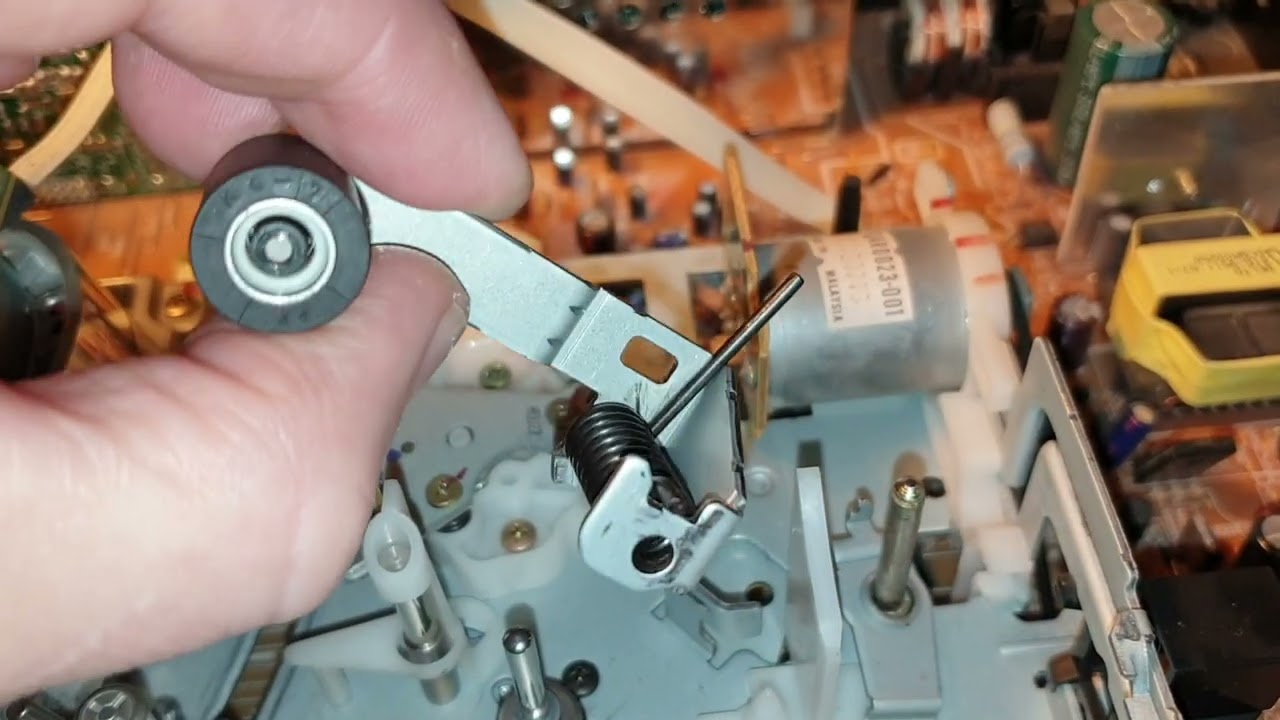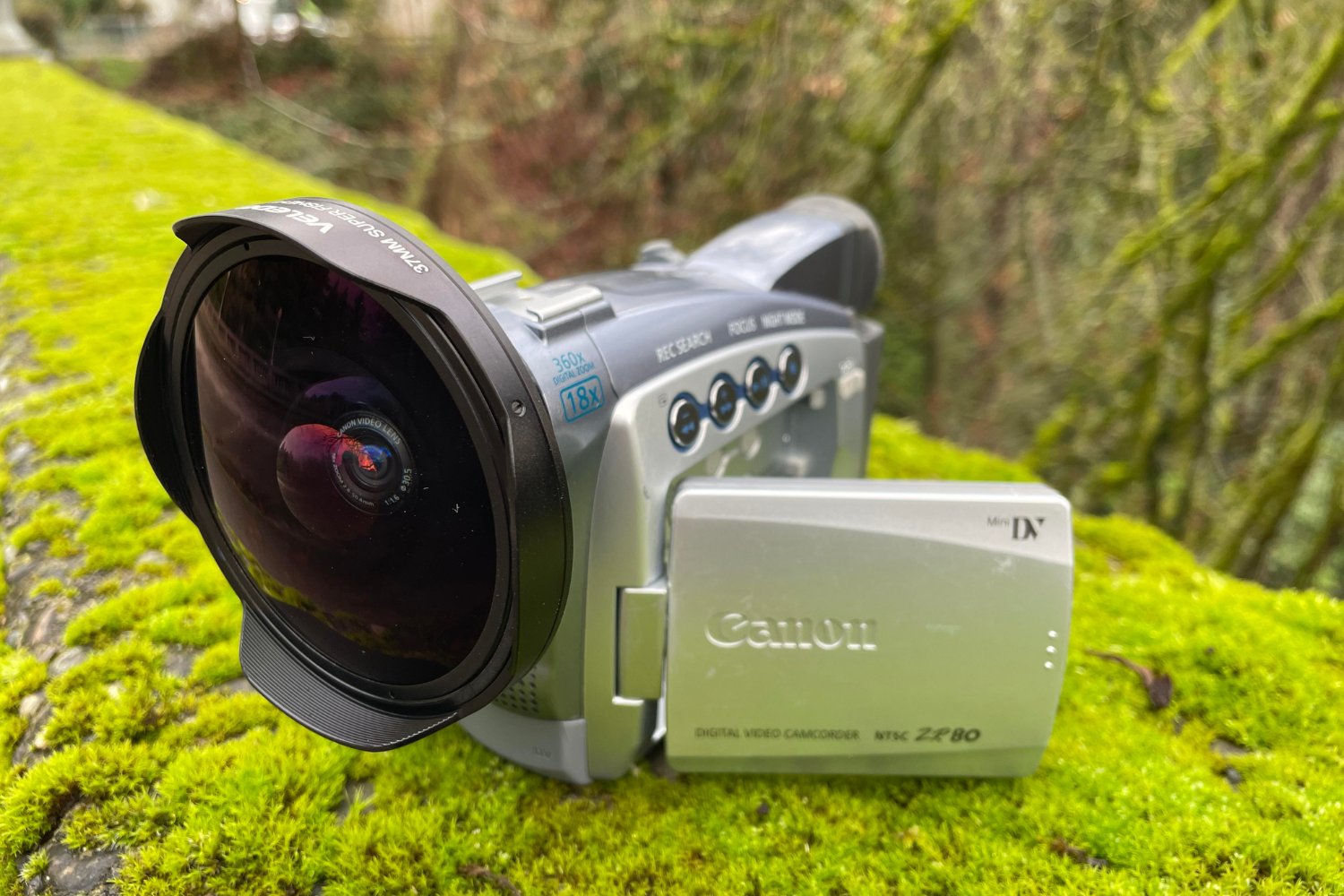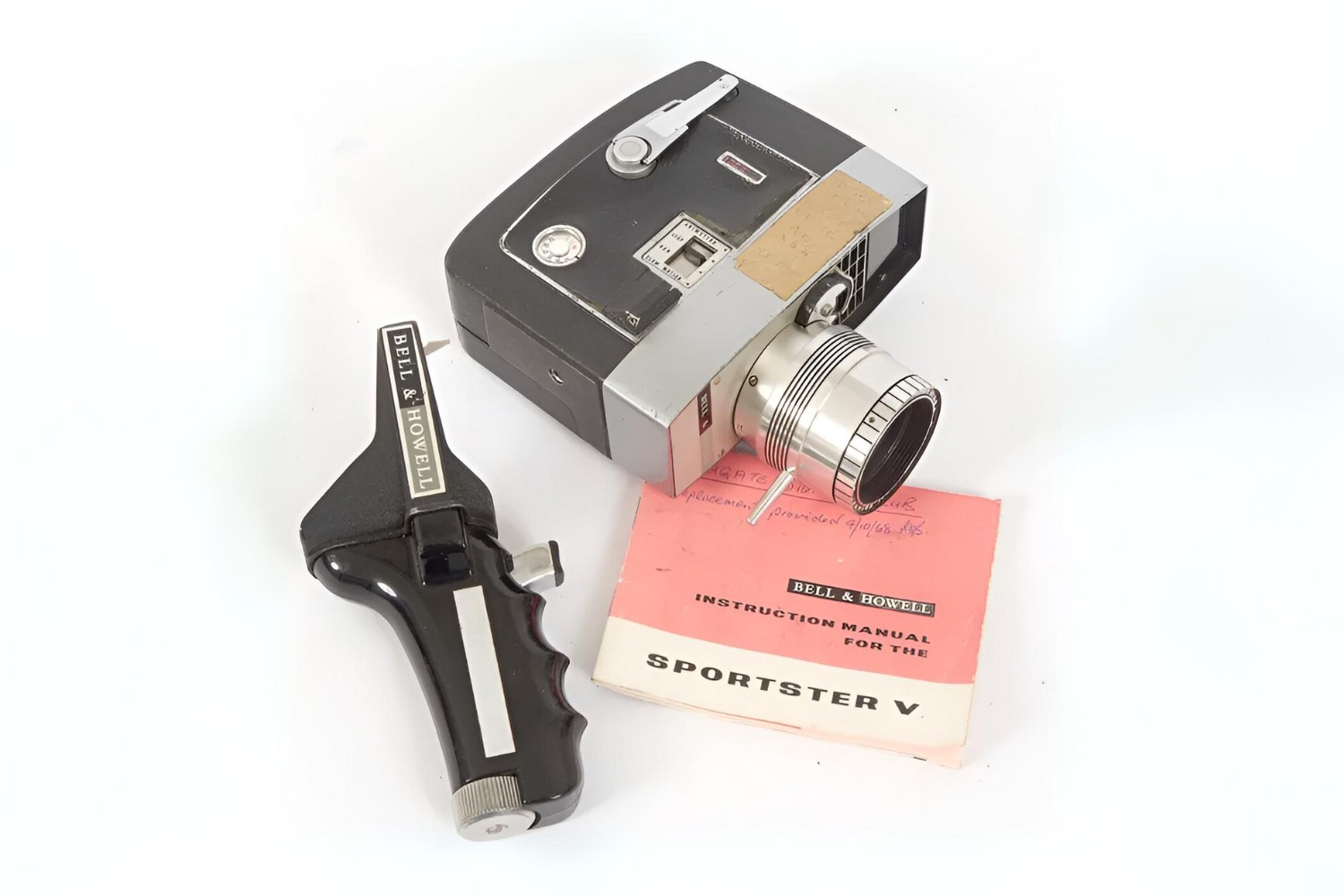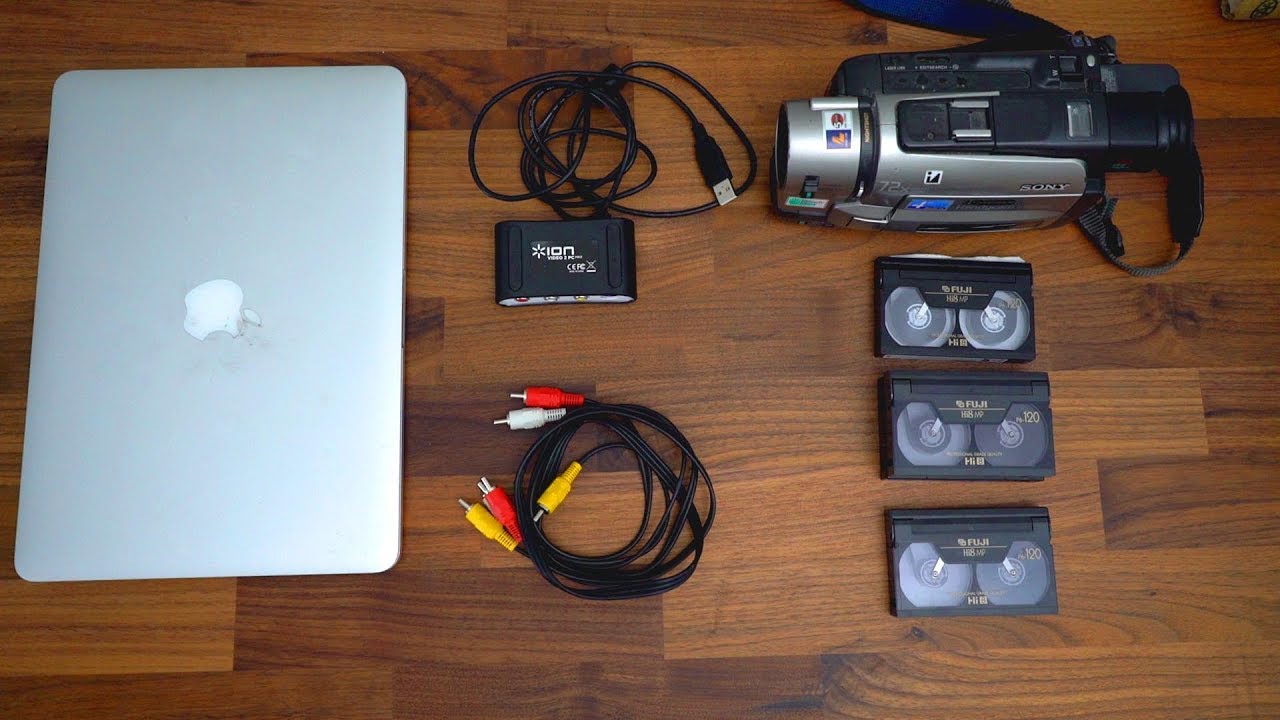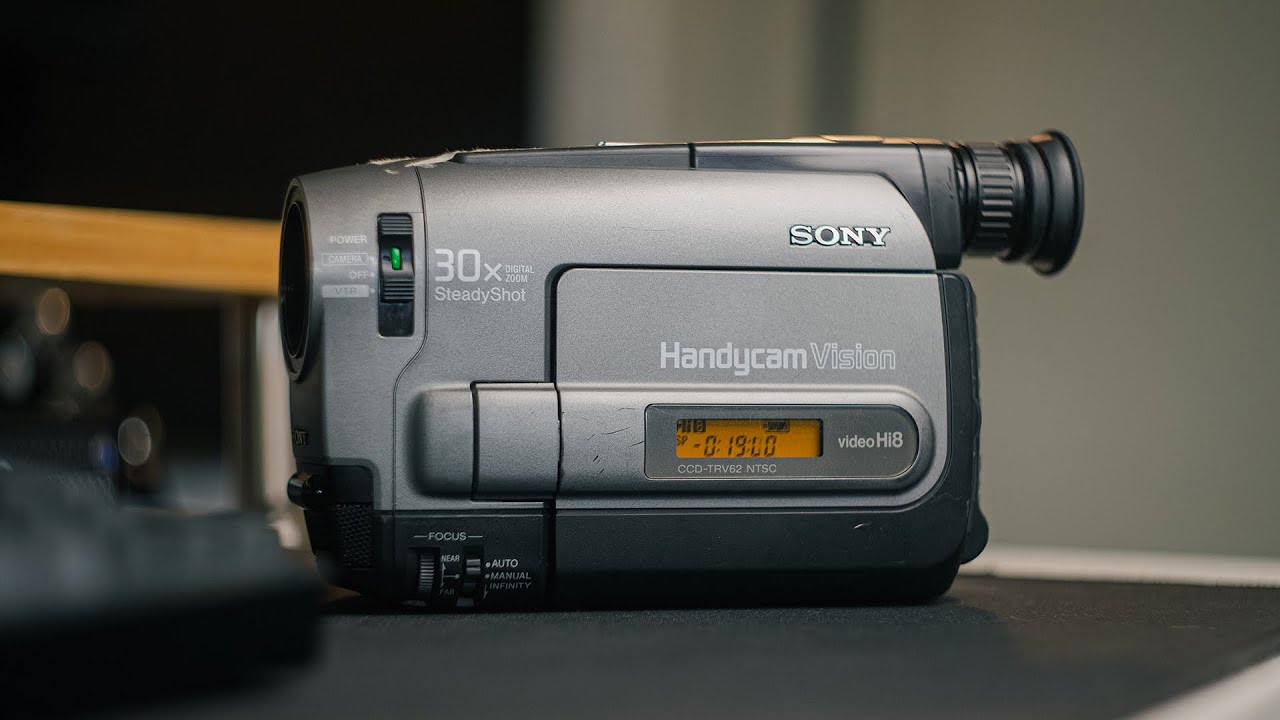Introduction
Welcome to the world of vintage audio cleanup! If you’ve stumbled upon precious recordings from an old camcorder and are eager to restore the audio to its former glory, you’ve come to the right place. Cleaning up audio from an old camcorder can be a rewarding journey, bringing new life to cherished memories captured decades ago.
As technology continues to advance at a rapid pace, the quality of audio recordings from older camcorders may not meet the standards of modern digital devices. However, with the right techniques and a touch of patience, it’s possible to significantly improve the audio quality, allowing you to relive those special moments with enhanced clarity and depth.
In this guide, we will explore the step-by-step process of cleaning up audio from an old camcorder. From assessing the audio quality to removing background noise and enhancing the overall sound, each stage plays a crucial role in revitalizing the audio recordings. By the end of this journey, you will have the knowledge and tools needed to breathe new life into your vintage audio collection.
So, dust off those old tapes, fire up your audio editing software, and let’s embark on this transformative audio restoration adventure together. Get ready to uncover the timeless treasures hidden within those crackling recordings as we delve into the art of cleaning up audio from an old camcorder.
Assessing the Audio Quality
Before diving into the process of cleaning up audio from an old camcorder, it’s essential to conduct a thorough assessment of the existing audio quality. This initial step sets the stage for the subsequent restoration efforts, providing valuable insights into the specific challenges that need to be addressed.
Begin by playing back the audio recordings from the old camcorder, paying close attention to the overall clarity, presence of background noise, and any distortions or irregularities in the sound. Take note of any discernible patterns, such as consistent hissing or crackling, as these will guide your approach to the cleanup process.
Next, consider the context of the recordings. Are there important dialogues, musical performances, or ambient sounds that you aim to preserve and enhance? Understanding the significance of the audio content will help prioritize the areas that require the most attention during the cleanup process.
Utilize audio editing software to visualize the waveform of the recordings. This visual representation can reveal peaks and troughs in the audio, indicating potential areas of distortion or excessive noise. Additionally, some software tools offer spectral analysis, allowing you to pinpoint specific frequencies that may be contributing to the overall degradation of the audio.
As you assess the audio quality, take into account the limitations of the original recording equipment. Older camcorders may have captured audio using analog technology, which can introduce inherent imperfections. Embracing the unique characteristics of vintage audio while striving to improve its fidelity is a delicate balance that defines the art of audio restoration.
By thoroughly evaluating the audio quality at the outset, you gain a comprehensive understanding of the challenges ahead and lay the groundwork for targeted and effective cleanup strategies. Armed with this insight, you are ready to embark on the next phase of the audio restoration process: removing background noise.
Removing Background Noise
One of the most common challenges encountered when cleaning up audio from an old camcorder is the presence of background noise. This unwanted auditory interference, which may include hissing, humming, or crackling, can significantly diminish the overall listening experience. Fortunately, modern audio editing tools offer a range of techniques to effectively mitigate and eliminate background noise from vintage recordings.
Start by identifying periods of silence within the audio recordings. These segments serve as valuable reference points for capturing the ambient noise present in the original environment. Once identified, utilize the noise reduction or restoration function in your audio editing software to create a noise profile based on the captured ambient noise.
With the noise profile established, apply noise reduction filters to the entire audio track, targeting frequencies and amplitude levels that correspond to the unwanted background noise. Carefully adjust the parameters to achieve a balance between noise reduction and preservation of the desired audio content, ensuring that the natural characteristics of the original recordings are retained.
For persistent or particularly intrusive background noise, consider employing spectral editing tools that allow for precise manipulation of specific frequencies. By isolating and attenuating problematic frequency ranges, you can effectively diminish the impact of background noise without compromising the integrity of the primary audio content.
Another approach to combating background noise involves utilizing multiband compression or expansion techniques. These methods enable targeted control over the dynamic range of different frequency bands, allowing you to selectively attenuate noise while preserving the tonal balance and nuances of the audio recordings.
As you navigate the process of removing background noise, it’s important to approach the task with a discerning ear, striving to achieve a harmonious blend of noise reduction and audio fidelity. Regularly audition the modified audio to assess the impact of noise reduction adjustments, making incremental refinements to maintain the authenticity and clarity of the original recordings.
By effectively addressing background noise, you pave the way for a more immersive and captivating audio experience, setting the stage for the next crucial phase of the audio cleanup journey: enhancing the overall sound quality.
Enhancing the Overall Sound Quality
With background noise successfully mitigated, the focus shifts to enhancing the overall sound quality of the vintage audio recordings. This phase of the cleanup process involves refining the tonal balance, dynamics, and spatial characteristics of the audio to elevate its richness and clarity, breathing new life into the nostalgic recordings.
Begin by evaluating the frequency spectrum of the audio, paying attention to the distribution of bass, midrange, and treble frequencies. Utilize equalization tools to delicately sculpt the tonal balance, addressing any deficiencies or excesses in specific frequency ranges. By fine-tuning the EQ settings, you can impart warmth to the audio, accentuate vocal clarity, and restore the luster of instrumental performances captured on the old camcorder.
Dynamic range processing plays a pivotal role in refining the overall sound quality. Apply compression to moderate the peaks and valleys in the audio waveform, ensuring consistent volume levels and enhancing the perceptual loudness of the recordings. Conversely, employ expansion techniques to breathe vitality into subtle nuances and ambient details, enriching the sonic tapestry of the vintage audio.
Consider the spatial dimension of the audio recordings. If the original recordings lack depth and dimension, introduce spatial processing techniques such as reverb and stereo enhancement to imbue the audio with a sense of spaciousness and immersion. Carefully integrate these spatial effects to complement the content of the recordings, enhancing the listener’s engagement without overshadowing the authenticity of the original audio environment.
For audio recordings featuring dialogues or vocal performances, explore the realm of de-essing and vocal enhancement tools. Tame sibilant sounds and accentuate vocal presence through targeted processing, allowing the nuances of spoken words and vocal melodies to resonate with clarity and expressiveness.
Throughout the process of enhancing the overall sound quality, maintain a balanced approach that respects the character of the original recordings while striving to unveil their full sonic potential. Regularly audition the modified audio, ensuring that each refinement contributes to a cohesive and captivating listening experience.
By conscientiously enhancing the overall sound quality, you are poised to unveil the true essence of the vintage audio recordings, setting the stage for the final phase of the audio cleanup journey: finalizing the audio cleanup.
Finalizing the Audio Cleanup
As the journey of cleaning up audio from an old camcorder nears its culmination, the finalizing phase encompasses a meticulous review and refinement of the enhanced audio, ensuring that every aspect harmonizes to deliver a cohesive and immersive listening experience.
Commence the finalization process by conducting a comprehensive playback of the modified audio, attentively assessing the impact of the applied cleanup techniques. Listen for any artifacts, unintended alterations, or inconsistencies that may have emerged during the restoration process. Address any anomalies with precision, making nuanced adjustments to maintain the authenticity and integrity of the original recordings.
Next, consider the overall sonic balance and coherence of the audio. Verify that the tonal characteristics, dynamics, and spatial enhancements align harmoniously to evoke a captivating and immersive sonic landscape. Fine-tune the parameters of the applied processing tools, ensuring that they synergistically contribute to the enhancement of the vintage audio without overshadowing its inherent charm.
Engage in critical listening to discern the impact of the cleanup process on specific elements within the recordings. Evaluate the clarity of dialogues, the expressiveness of musical performances, and the fidelity of ambient sounds, affirming that each facet is enriched and elevated while preserving its original essence.
Verify the consistency of the audio quality across the entirety of the recordings. Ensure that the cleanup techniques are uniformly applied, maintaining a cohesive sonic character and fidelity from the beginning to the end of each audio track. Address any discrepancies or abrupt transitions that may detract from the seamless enjoyment of the restored audio.
Lastly, consider the contextual relevance of the audio cleanup. Reflect on the significance of the original recordings and the emotions they evoke. Strive to evoke nostalgia, preserve cherished memories, and honor the essence of the captured moments through the refined audio, infusing the vintage recordings with renewed vitality and resonance.
By conscientiously finalizing the audio cleanup, you honor the legacy of the vintage audio recordings, ensuring that their timeless charm and emotive power are revitalized for generations to come. With the journey of audio restoration drawing to a close, revel in the transformative impact of your efforts as you prepare to share the rejuvenated audio treasures with the world.









